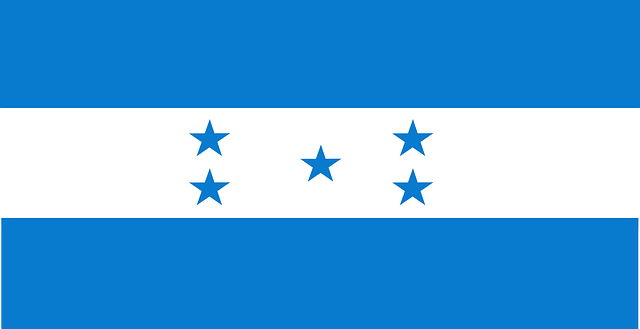Honduras has a different place in the geography of the world. There are many such things in this country that separate this country from other countries such as language, living style, dress, culture, religion, business. Let us know about some such unique facts related to the country of Honduras and important events related to history, knowing which your knowledge will increase.
Honduras Country Quick General Knowledge
| Country | Honduras |
| Capital | Tegucigalpa |
| Currency | Honduran lempira |
| Continent | North America |
| National Anthem of Country | Himno Nacional de Honduras, (National Anthem of Honduras) |
Read Also: Name of the country, their capital and currency List
- Honduras is officially called the Republic of Honduras It is located in Central America.
- Honduras borders Honduras with the Caribbean Sea to the north, El Salvador to the southwest, Guatemala to the west, the Gulf of Fonseca to the Pacific Ocean to the south, and Nicaragua to the southeast.
- Honduras was discovered by Christopher Columbus on 14 August 1502.
- Honduras gained independence from Spain on 15 September 1821 and the First Mexican Empire on 1 July 1823 and was declared a Republic of Honduras by Central America on 1 July 1823.
- The total area of Honduras is 112,492 sq km. (43,433 square miles).
- The official language of Honduras is Spanish.
- The currency of Honduras is named Lempira.
- According to the World Bank, the total population of Honduras in 2016 was 91.1 lakh.
- In Honduras, the religion of most people is Christian.
- The most important ethnic groups in Honduras are mestizoa, Amerindian, black and white.
- The highest mountain in Honduras is Cerro Las Minas, which has a height of 2,870 meters.
- The longest river of Honduras is the Cangrejal River, which has a length of 25 km.
- The largest lake in Honduras is Lake Yojoa, which is 79 square kilometers. Spreads over an area of.
- The national animal of Honduras is the white-tailed dee.
- The national bird of Honduras is the Scarlet Macaw.
- 08 March 1576 - A letter to King Philip II of Spain contained the first European mention of the Mayan ruins of Copán in modern Honduras.
- 15 September 1821 - Central American countries Costa Rica, El Salvador, Guatemala, Honduras and Nicaragua gained independence.
- 28 June 1895 - The Central American Union of El Salvador, Honduras and Nicaragua was formed.
- 11 September 1919 - The US Navy invaded Honduras.
- 19 January 1921 - Central American countries Costa Rica, Guatemala, Honduras and El Salvador signed the agreement.
- 18 September 1974 - Hurricane Fifi attacked Honduras, destroying 182 towns in the first 24 hours, and eventually built over 8,000 areas.
- 19 September 1974 - In Honduras, 5000 people died due to the havoc of hurricane Fifi.
- 04 February 1976 - A massive earthquake in the American countries of Guatemala and Honduras killed 22,000 people.
- 29 October 1998 - Hurricane Mitch landed landslides, causing it to fall to 1, 1900 mm (75 inches) during the rains, killing more than 11,000 people in Honduras, Guatemala and Nicaragua.
- 08 December 2009 - Julian Aristides Gonzalez, the head of the Anti -Drug Trafficking Unit in Honduras, has been killed by unknown gunmen.
Definition of international border: L = Land Border | M = Maritime Border
Honduras FAQs:
The capital of Honduras is Tegucigalpa.
The currency of Honduras is Honduran lempira.
Honduras is the part of North America continent.
The languages spoken in Honduras are Honduras: Spanish, Amerindian dialects, English.
The national anthem of Honduras is "Himno Nacional de Honduras, (National Anthem of Honduras)".

